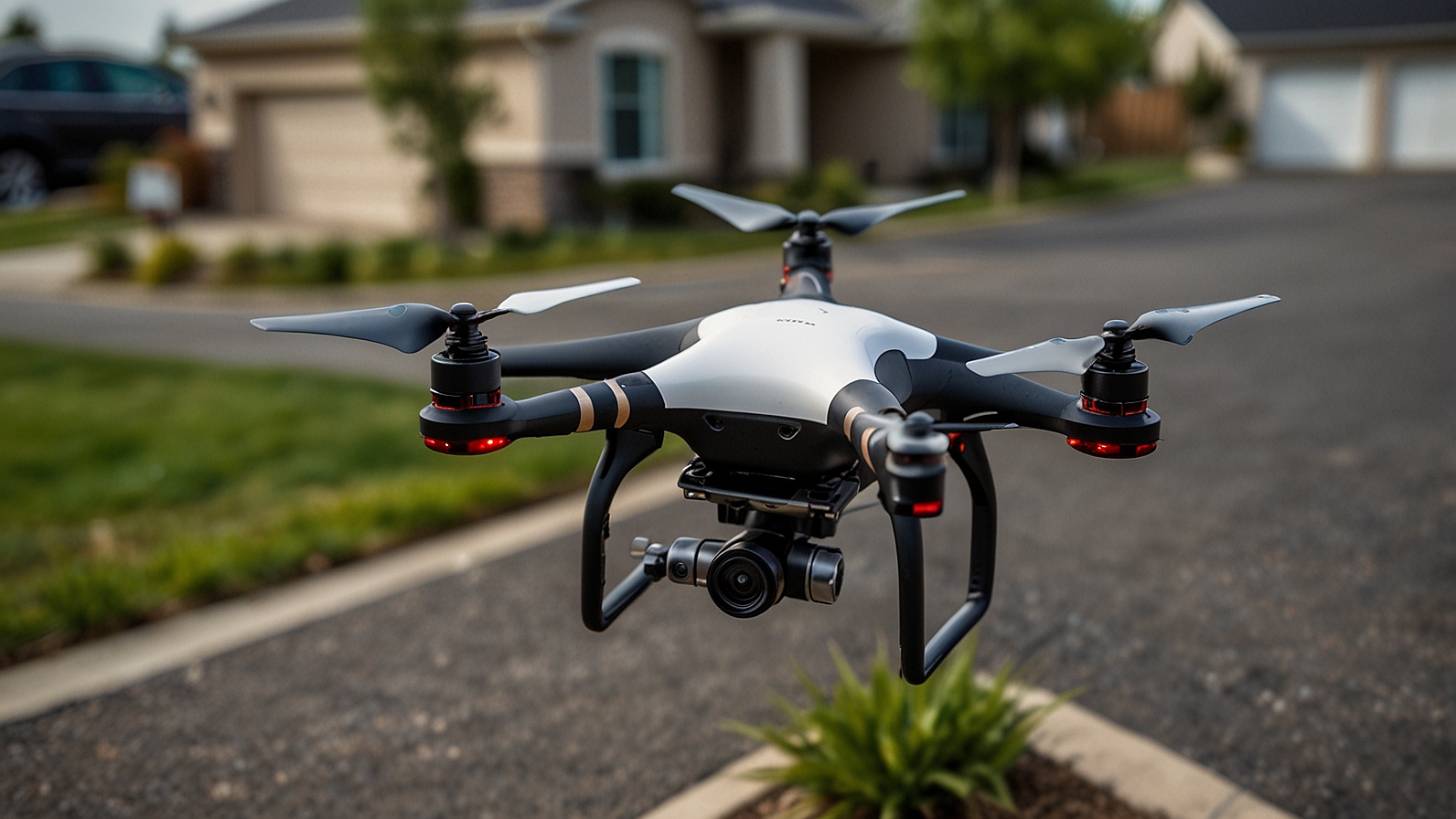The automotive industry has long been a pioneer in adopting cutting-edge technology, from automation in manufacturing to smart systems in vehicles. Recently, drones have taken center stage as a transformative force in this sector. Originally designed for military use, drones are now making a significant impact in commercial and industrial applications, including vehicle delivery and maintenance.
This article explores the evolving role of drones in the auto industry, highlighting their potential, challenges, and how they are reshaping traditional operations.
Drones and Vehicle Delivery
1. Revolutionizing Last-Mile Logistics
Drones have already proven their efficiency in last-mile delivery for e-commerce, and their integration into vehicle delivery is a natural next step. In densely populated urban areas, drones can bypass traffic congestion, ensuring quicker and more efficient delivery of parts or even small vehicles like e-bikes and scooters.
Companies like Ford and Tesla are exploring drone technology to streamline the delivery process. For instance, drones could deliver car keys, documents, or smaller vehicle components directly to customers’ doorsteps.
2. Delivering Vehicles to Remote Locations
For customers in rural or hard-to-reach areas, traditional vehicle delivery can be time-consuming and expensive. Drones equipped with heavy-lifting capabilities are being developed to transport vehicles or critical parts to these locations, significantly reducing delivery times.
3. Enhancing Supply Chain Efficiency
Drones are also optimizing the auto supply chain by enabling just-in-time delivery of components. Manufacturers can use drones to transport small but essential parts between production facilities or warehouses, minimizing downtime and improving overall efficiency.
Drones in Vehicle Maintenance
1. Precision Inspections
In vehicle maintenance, drones are invaluable tools for inspections, especially in hard-to-reach areas. Equipped with high-resolution cameras and sensors, drones can inspect undercarriages, roofs of large vehicles like buses and trucks, or parts of a vehicle assembly line that are otherwise challenging to access.
Drones provide a bird’s-eye view of a vehicle, identifying potential issues like rust, structural damage, or wear and tear without the need for dismantling. This not only saves time but also reduces costs associated with traditional inspection methods.
2. Automated Diagnostics
Advanced drones with AI-powered diagnostic systems can detect anomalies in vehicles with incredible accuracy. For example, they can scan a vehicle for surface-level damages or use infrared sensors to detect overheating components.
These capabilities are particularly useful in large-scale fleet management, where maintaining hundreds or thousands of vehicles requires efficient and accurate monitoring systems.
3. Supporting Predictive Maintenance
By collecting data during inspections, drones contribute to predictive maintenance systems. They can monitor the health of vehicles over time, alerting managers to potential issues before they escalate into costly repairs or downtime.
Transforming Dealerships and Service Centers
1. Enhancing Customer Experiences
Imagine a scenario where a customer schedules a service, and a drone arrives at their location to perform an initial inspection before the car even reaches the service center. This level of convenience could redefine the customer experience, making it faster and more seamless.
2. Inventory Management
Drones are also proving useful in dealerships for managing inventory. They can scan large lots to locate specific vehicles or check stock levels of parts and accessories, saving time and improving operational efficiency.
Challenges and Considerations
Despite their advantages, integrating drones into the auto industry comes with challenges:
- Regulatory Hurdles: Drone operations are subject to strict regulations in many countries, including restrictions on flight zones, altitudes, and payload capacities.
- Safety Concerns: Ensuring the safe operation of drones, especially in crowded urban areas, remains a critical concern.
- Cost and Accessibility: While drone technology is becoming more affordable, initial investment and maintenance costs can still be prohibitive for smaller companies.
- Data Privacy: The use of drones in inspections and deliveries raises questions about data privacy and security, as they often capture images and information in sensitive locations.
The Future of Drones in the Auto Industry
As drone technology advances, its applications in the automotive sector are expected to grow exponentially. Innovations such as autonomous drones, improved battery life, and higher payload capacities will unlock new possibilities.
For instance:
- Heavy-Duty Drones: These could transport entire vehicles or perform more complex maintenance tasks.
- Integration with AI: Smarter drones will be capable of real-time decision-making, optimizing routes for deliveries or identifying issues during inspections without human intervention.
- Green Initiatives: Electric-powered drones contribute to the industry’s sustainability goals by reducing reliance on traditional fossil-fuel-powered transport methods.
Conclusion
Drones are no longer just futuristic gadgets; they are practical tools reshaping the automotive industry. From revolutionizing vehicle delivery to streamlining maintenance processes, drones offer efficiency, cost savings, and enhanced customer experiences.
While challenges remain, the ongoing advancements in drone technology and growing investments by automotive giants indicate a promising future. As the auto industry continues to innovate, drones will play an integral role in driving it toward a more efficient and sustainable tomorrow.
The sky’s the limit—quite literally—for what drones can achieve in the world of cars.





